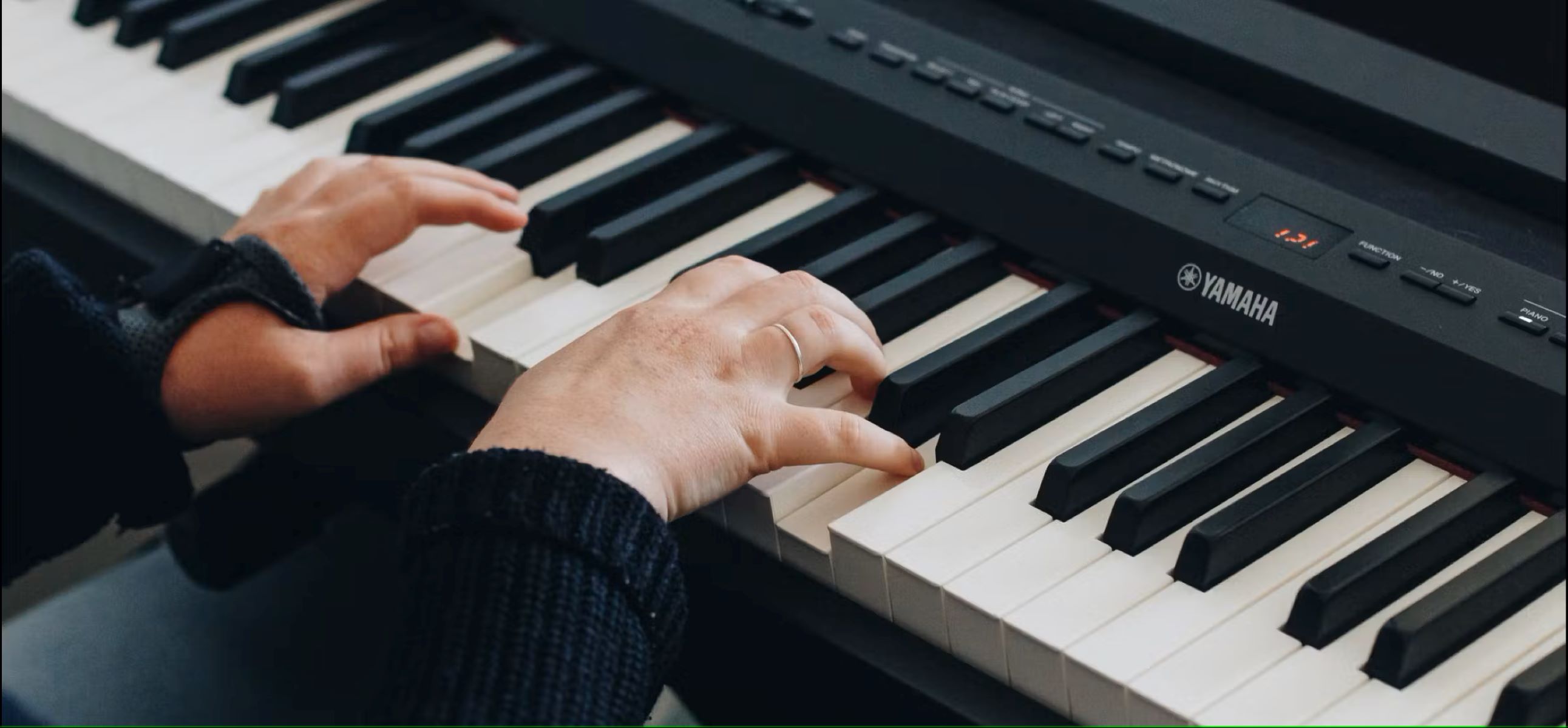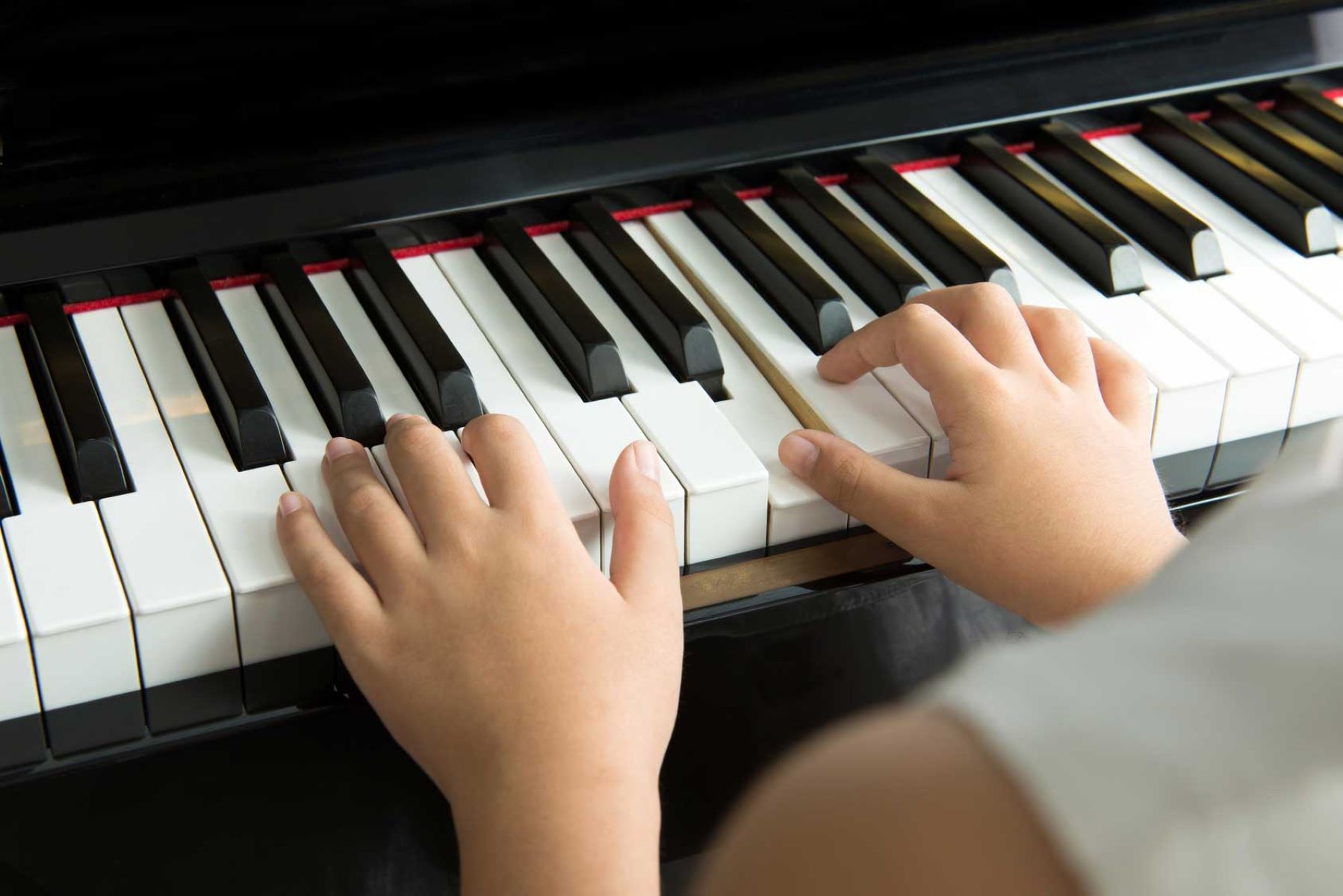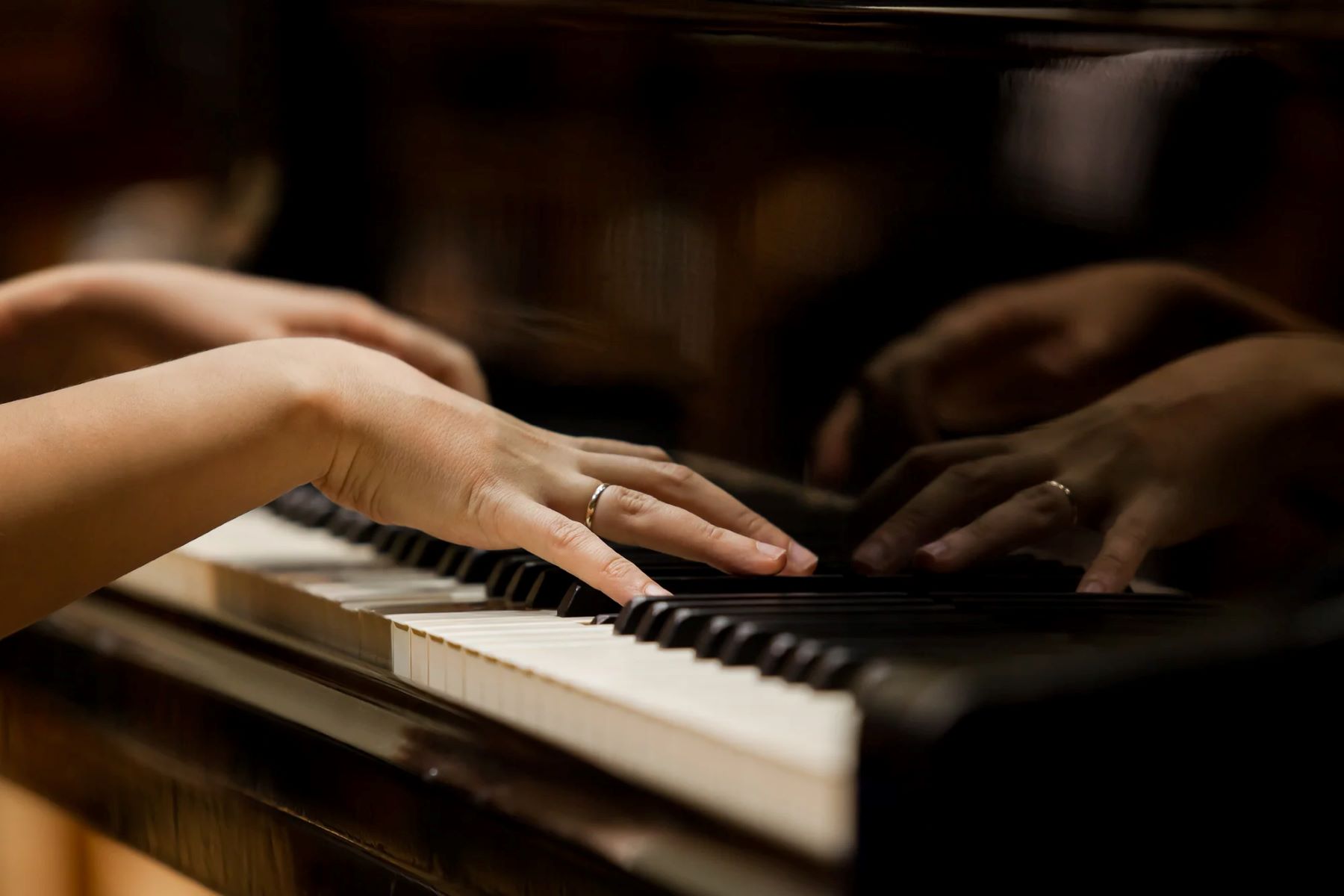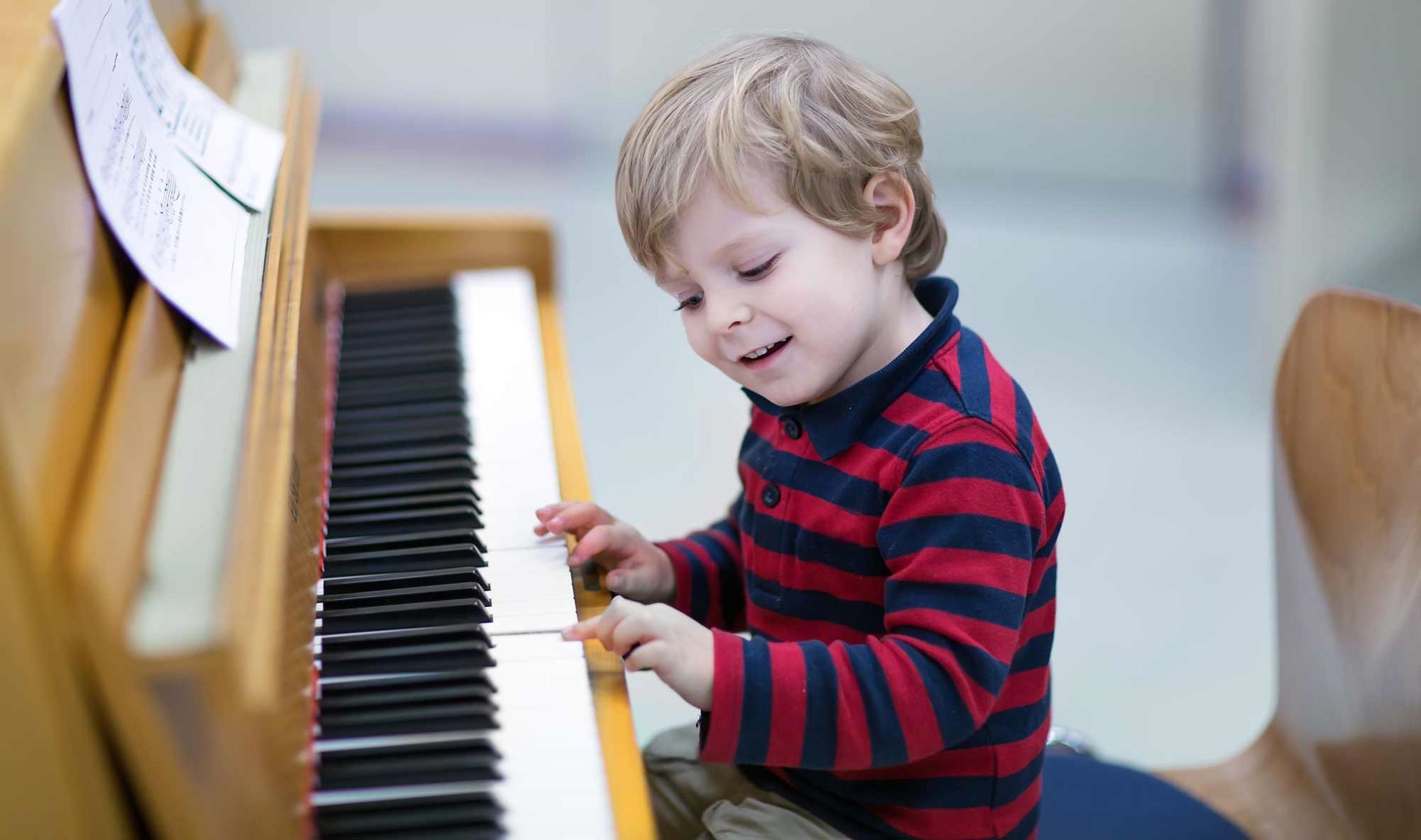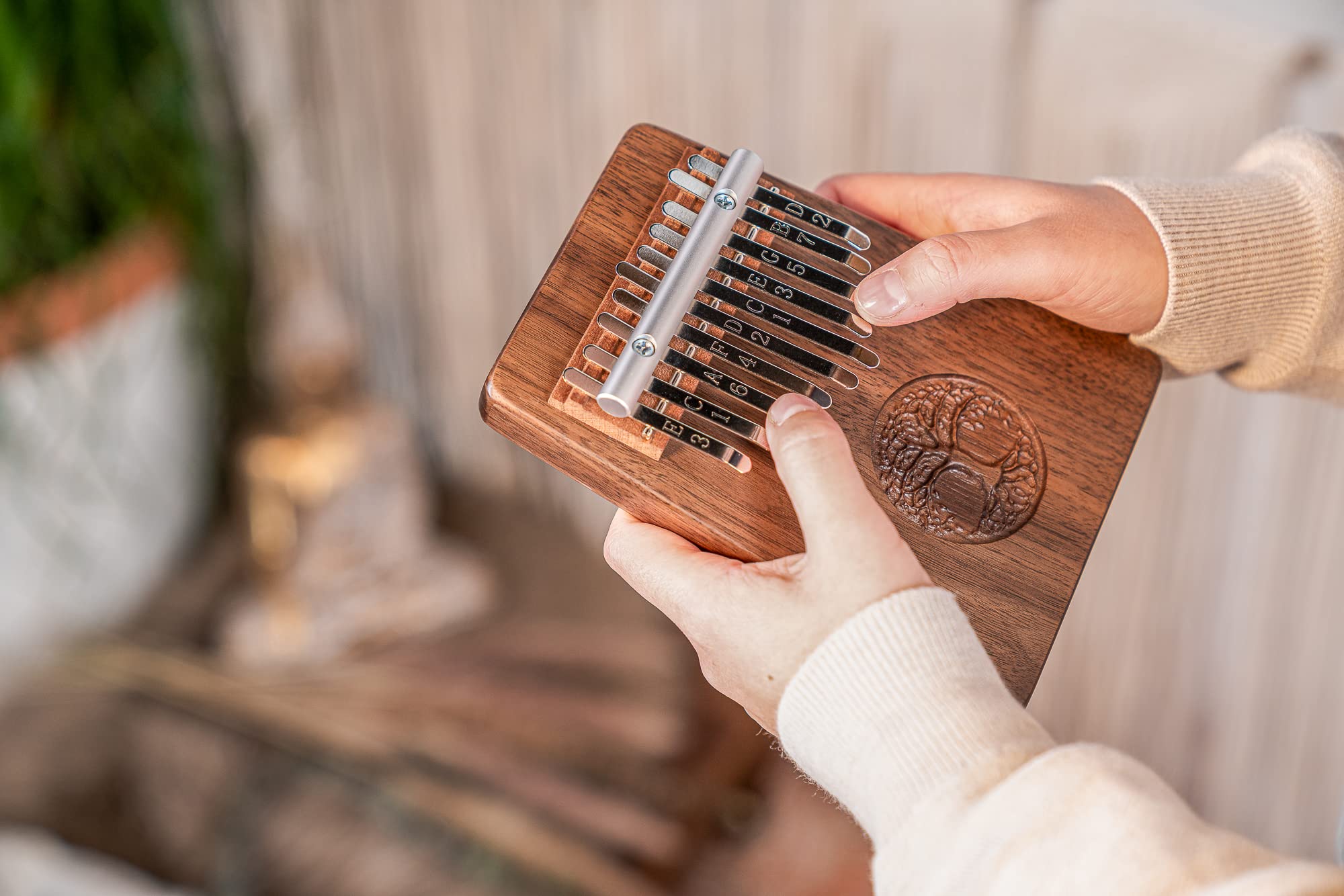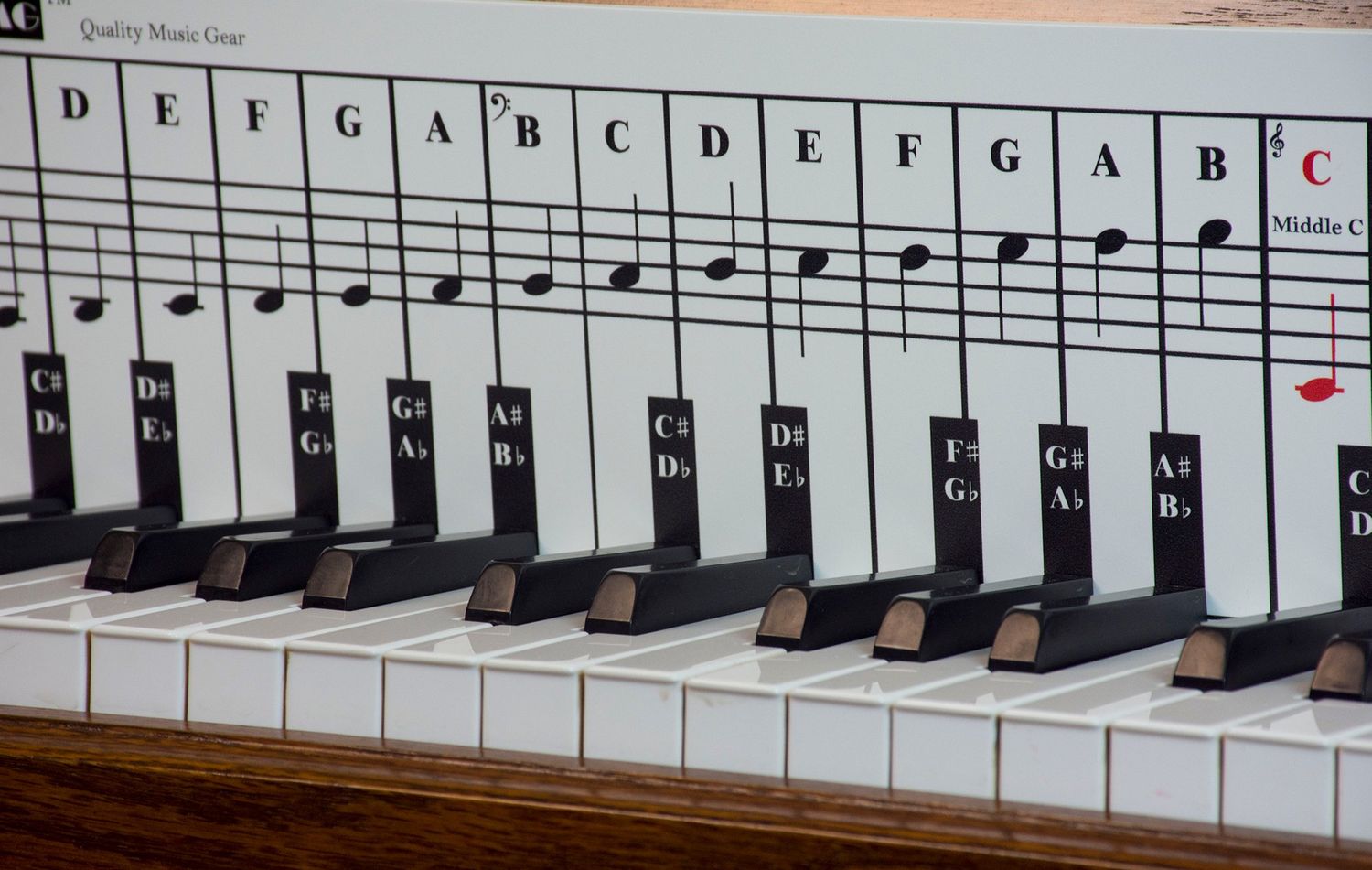Home>Instruments>Piano>How To Play Accompaniment On Piano
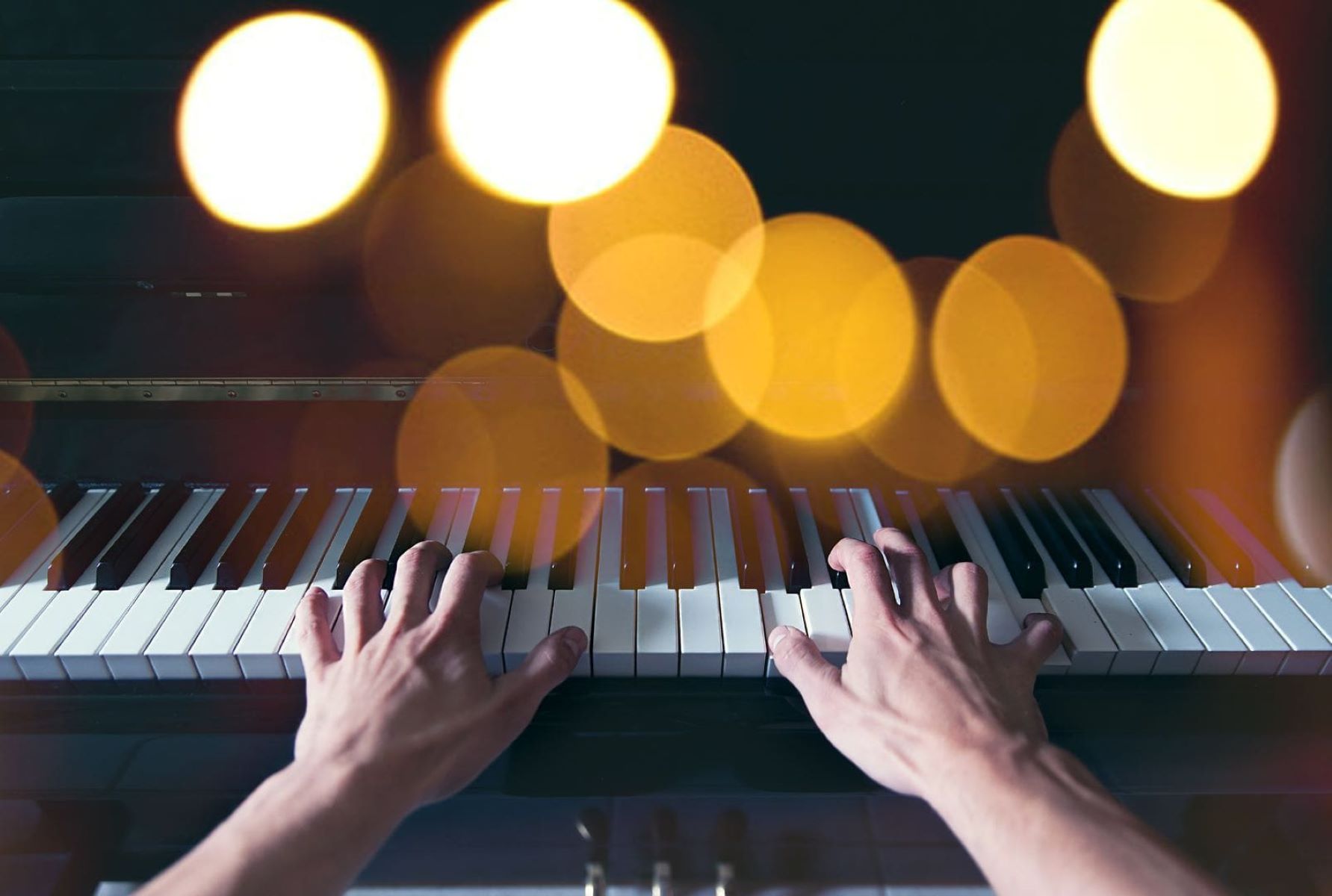

Piano
How To Play Accompaniment On Piano
Published: February 11, 2024
Learn how to play accompaniment on piano with our step-by-step guide. Master the art of piano accompaniment and elevate your musical skills today.
(Many of the links in this article redirect to a specific reviewed product. Your purchase of these products through affiliate links helps to generate commission for AudioLover.com, at no extra cost. Learn more)
Table of Contents
Introduction
Introduction
Playing piano accompaniment is a valuable skill that adds depth and richness to musical performances. Whether accompanying a singer or playing in a band, the ability to provide solid, supportive piano accompaniment is essential for any pianist. In this article, we will explore the fundamentals of playing accompaniment on the piano, including understanding chord progressions, mastering left-hand patterns, adding variations and embellishments, coordinating both hands, and tips for effective accompaniment playing.
Playing piano accompaniment involves more than just playing chords; it requires an understanding of musical structure, rhythm, and dynamics. A skilled accompanist must be able to adapt to different musical styles and support the lead performer while adding their own musical interpretation to the piece. Whether you are a beginner pianist looking to develop your accompaniment skills or an experienced player seeking to refine your technique, this guide will provide valuable insights and practical tips to enhance your piano accompaniment abilities.
Throughout this article, we will delve into the foundational elements of piano accompaniment, offering clear explanations and actionable techniques to help you become a proficient accompanist. By the end of this guide, you will have a comprehensive understanding of how to play effective and engaging piano accompaniment, elevating your musical performances and enriching your overall piano playing experience. So, let's embark on this musical journey and unlock the secrets of creating captivating piano accompaniments.
Understanding Chord Progressions
Understanding Chord Progressions
Chord progressions form the backbone of most musical compositions and serve as the harmonic framework for piano accompaniment. In essence, a chord progression is a series of chords played in succession, creating a sense of harmonic movement and resolution. Understanding how chord progressions function is crucial for pianists aiming to provide compelling accompaniment.
At its core, a chord progression is a sequence of chords that follow a specific pattern, typically based on the underlying scale of the music. Common chord progressions, such as the classic I-IV-V or the versatile ii-V-I, form the basis of countless songs across various genres. By familiarizing yourself with these foundational progressions, you can effectively navigate through a wide range of musical pieces and contribute harmonically rich accompaniments.
When approaching chord progressions, it’s essential to grasp the concept of harmonic function. Each chord within a progression serves a distinct purpose, whether it’s establishing a sense of stability, creating tension, or resolving to another chord. For instance, the tonic chord (I) often provides a stable and conclusive sound, while the dominant chord (V) introduces tension and a sense of anticipation, seeking resolution to the tonic.
Furthermore, understanding the relationship between chords and their respective scales is pivotal. By recognizing the diatonic chords within a given key, pianists can effortlessly construct and navigate through chord progressions, adding depth and coherence to their accompaniment. Additionally, exploring the use of extended chords, such as seventh chords and extensions, can infuse your accompaniment with rich harmonic colors and expressive possibilities.
As you delve into the world of chord progressions, consider the emotional impact of different progressions and how they contribute to the overall mood of a piece. For instance, the melancholic sound of a minor key progression can evoke introspection and depth, while a bright and uplifting major key progression may convey a sense of joy and optimism.
Ultimately, mastering chord progressions equips pianists with the tools to create engaging and musically satisfying accompaniments. By internalizing the principles of harmonic function, scale-based relationships, and emotional resonance, you can elevate your accompaniment playing to resonate deeply with both performers and listeners.
Basic Left Hand Patterns
Basic Left Hand Patterns
When it comes to piano accompaniment, the left hand plays a pivotal role in providing a solid and rhythmic foundation. Mastering basic left-hand patterns is essential for creating a compelling accompaniment that complements the melody and supports the overall musical structure. Let’s explore some fundamental left-hand patterns that are commonly used in accompaniment playing:
- Root-Octave: This classic pattern involves playing the root note of the chord in the lower register of the piano, followed by the octave of the root note in a higher octave. For example, in the key of C major, playing the C note followed by the higher C note creates a rich and resonant foundation for the chord.
- Alberti Bass: Named after the 18th-century composer Domenico Alberti, this pattern consists of playing the root note, followed by the fifth, then the third, and finally the fifth again in a continuous arpeggiated fashion. The Alberti bass adds a graceful and flowing quality to accompaniment, commonly found in classical and Baroque music.
- Broken Chords: Breaking up the notes of the chord into a pattern, such as playing the root, third, and fifth sequentially, creates a harmonically rich and dynamic accompaniment. This approach adds movement and interest to the harmonic support provided by the left hand.
- Ostinato Patterns: Ostinato patterns involve repeating a specific rhythmic and melodic motif throughout the accompaniment, creating a hypnotic and driving effect. These patterns are often used in contemporary and minimalist music to establish a persistent rhythmic groove.
While these patterns represent foundational techniques, their application extends across various musical genres and styles, showcasing the versatility and adaptability of left-hand accompaniment. As you familiarize yourself with these patterns, consider their rhythmic interplay with the right hand and the melodic content, aiming to create a cohesive and balanced musical tapestry.
Furthermore, mastering the art of dynamic control and touch sensitivity in the left hand is crucial for shaping the expressive quality of the accompaniment. Varying the intensity and articulation of the left-hand patterns adds nuance and depth to the overall musical interpretation, allowing the accompanist to convey a wide range of emotions and moods.
By honing your proficiency in basic left-hand patterns and exploring their creative applications, you can elevate your piano accompaniment to resonate with musical authenticity and artistic finesse. These patterns serve as the building blocks for more intricate and advanced accompaniment techniques, laying the groundwork for captivating and engaging musical performances.
Adding Variations and Embellishments
Adding Variations and Embellishments
While mastering fundamental left-hand patterns forms the basis of piano accompaniment, incorporating variations and embellishments is essential for infusing your playing with creativity and expressive flair. By adding nuanced variations and tasteful embellishments, you can elevate the accompaniment from a supportive role to a captivating and dynamic element within the musical performance.
One effective way to introduce variations is by altering the rhythm and inversions within the left-hand patterns. Experimenting with syncopated rhythms, rhythmic displacement, and off-beat accents can inject a sense of rhythmic vitality and unpredictability into the accompaniment, enhancing its overall groove and energy. Additionally, incorporating inversions of the chords within the left-hand patterns can create a smoother and more seamless harmonic progression, adding a touch of sophistication to the accompaniment.
Furthermore, embellishing the chords with melodic flourishes and decorative ornaments can imbue the accompaniment with a heightened sense of musicality. Grace notes, trills, and arpeggiated runs can embellish the harmonic framework, adding a touch of virtuosity and elegance to the accompaniment. These embellishments not only showcase the pianist’s technical prowess but also contribute to the emotive and expressive qualities of the music.
Exploring the use of extended harmonies and altered chord voicings can also enrich the accompaniment with a more contemporary and harmonically adventurous character. Introducing ninth, eleventh, and thirteenth chords, as well as suspended and altered chords, can infuse the accompaniment with lush and colorful tonalities, expanding the harmonic palette and adding depth to the musical landscape.
Moreover, leveraging pedal techniques, such as sustain pedal and soft pedal usage, can shape the tonal quality and resonance of the accompaniment, creating a sense of sonic depth and ambiance. Strategic pedal application can enhance the sustain and blending of the chords, contributing to a more immersive and resonant accompaniment.
By embracing variations and embellishments, pianists can transform their accompaniment into a captivating and multifaceted component of the musical ensemble. These creative elements not only showcase the pianist’s artistry but also contribute to the overall emotional impact and artistic interpretation of the music, elevating the performance to a higher level of musical expression.
Coordinating Both Hands
Coordinating Both Hands
Effective piano accompaniment hinges on the seamless coordination of both hands, allowing the pianist to provide harmonic support while integrating melodic and rhythmic elements into their playing. Coordinating both hands requires a nuanced understanding of balance, timing, and musical interplay, enabling the pianist to create a cohesive and expressive accompaniment that enhances the overall musical performance.
One fundamental aspect of coordinating both hands is maintaining a balanced dynamic relationship between the left and right hands. While the left hand establishes the harmonic foundation through chordal patterns and bass lines, the right hand typically carries the melodic and rhythmic elements of the accompaniment. Striking a harmonious balance between the two hands ensures that neither overpowers the other, allowing for a unified and coherent musical expression.
Furthermore, integrating rhythmic syncopation and counterpoint between the hands can add depth and complexity to the accompaniment. By introducing rhythmic syncopation in the right hand while maintaining a steady pulse in the left hand, the pianist can create a sense of rhythmic tension and forward momentum, infusing the accompaniment with dynamic energy and drive.
Additionally, exploring the concept of melodic counterpoint between the hands can enrich the musical texture and create a sense of thematic interplay within the accompaniment. Intertwining melodic motifs and phrases between the hands fosters a sense of musical dialogue, enhancing the overall expressive depth and intricacy of the accompaniment.
As the pianist navigates the coordination of both hands, attention to phrasing and articulation becomes paramount. Shaping the melodic lines in the right hand with expressive phrasing and nuanced articulation while maintaining a steady and supportive pulse in the left hand cultivates a sense of musical eloquence and sensitivity, elevating the accompaniment to resonate with emotional authenticity.
Moreover, exploring the use of voicing and texture manipulation between the hands can contribute to a dynamic and varied accompaniment. Utilizing different registers and timbres within each hand can create a sense of sonic depth and dimension, allowing the pianist to craft a rich and immersive musical backdrop that enhances the overall sonic tapestry.
By honing the coordination of both hands, pianists can unlock a world of expressive possibilities, transforming their accompaniment into a compelling and integral component of the musical ensemble. The seamless integration of harmonic, melodic, and rhythmic elements between the hands fosters a sense of musical unity and coherence, enriching the overall musical experience for performers and listeners alike.
Tips for Effective Accompaniment Playing
Tips for Effective Accompaniment Playing
Mastering the art of piano accompaniment requires a blend of technical proficiency, musical sensitivity, and a deep understanding of the collaborative nature of performance. Whether supporting a vocalist, instrumentalist, or ensemble, the role of the accompanist is pivotal in shaping the overall musical experience. Here are essential tips to enhance your effectiveness and artistry in piano accompaniment:
- Active Listening: Cultivate active listening skills to empathetically respond to the lead performer’s phrasing, dynamics, and expressive nuances. By attentively following the lead performer, you can adapt your accompaniment to provide seamless support and enhance the musical dialogue.
- Flexible Dynamics: Maintain dynamic flexibility in your accompaniment, adjusting the volume and intensity to complement the expressive arc of the music. Sensitivity to dynamic contrasts and variations enriches the overall musical interpretation.
- Rhythmic Precision: Develop precise rhythmic control to anchor the ensemble and propel the musical momentum. A steady and assured sense of rhythm forms the backbone of effective accompaniment, fostering cohesion within the performance.
- Collaborative Spirit: Embrace a collaborative mindset, recognizing the interdependent relationship between the lead performer and the accompanist. Foster open communication and mutual musical respect to co-create a unified and cohesive musical expression.
- Anticipatory Awareness: Cultivate anticipatory awareness of harmonic transitions, melodic cues, and rhythmic developments within the music. Proactive anticipation enables seamless navigation through chord changes and musical nuances, enhancing the fluidity of the accompaniment.
- Expressive Nuance: Infuse your accompaniment with expressive nuance and musical artistry, utilizing subtle phrasing, dynamic shaping, and emotive touch to convey the underlying emotional depth of the music.
- Adaptability: Demonstrate adaptability across diverse musical genres and styles, tailoring your accompaniment to suit the specific aesthetic and character of the repertoire. Versatility in accompaniment enriches your musical versatility and artistic range.
- Empower the Lead: Empower the lead performer by providing a supportive and responsive accompaniment that elevates their artistic expression. Your accompaniment should enhance the lead performer’s delivery while maintaining a harmonious musical partnership.
- Continual Study: Engage in continual study and exploration of diverse accompaniment techniques, repertoire, and musical traditions. Embrace a lifelong learning mentality to expand your musical vocabulary and deepen your interpretive capabilities.
- Emotional Connection: Establish an emotional connection with the music and the performers, allowing your accompaniment to resonate with sincerity and authenticity. Infusing your playing with genuine emotional engagement enriches the overall musical experience.
By integrating these tips into your approach to piano accompaniment, you can elevate your effectiveness as an accompanist and contribute to memorable and impactful musical performances. The art of accompaniment is a dynamic and rewarding pursuit, demanding a harmonious blend of technical prowess, artistic sensitivity, and collaborative spirit to create musical magic that transcends individual contributions.

